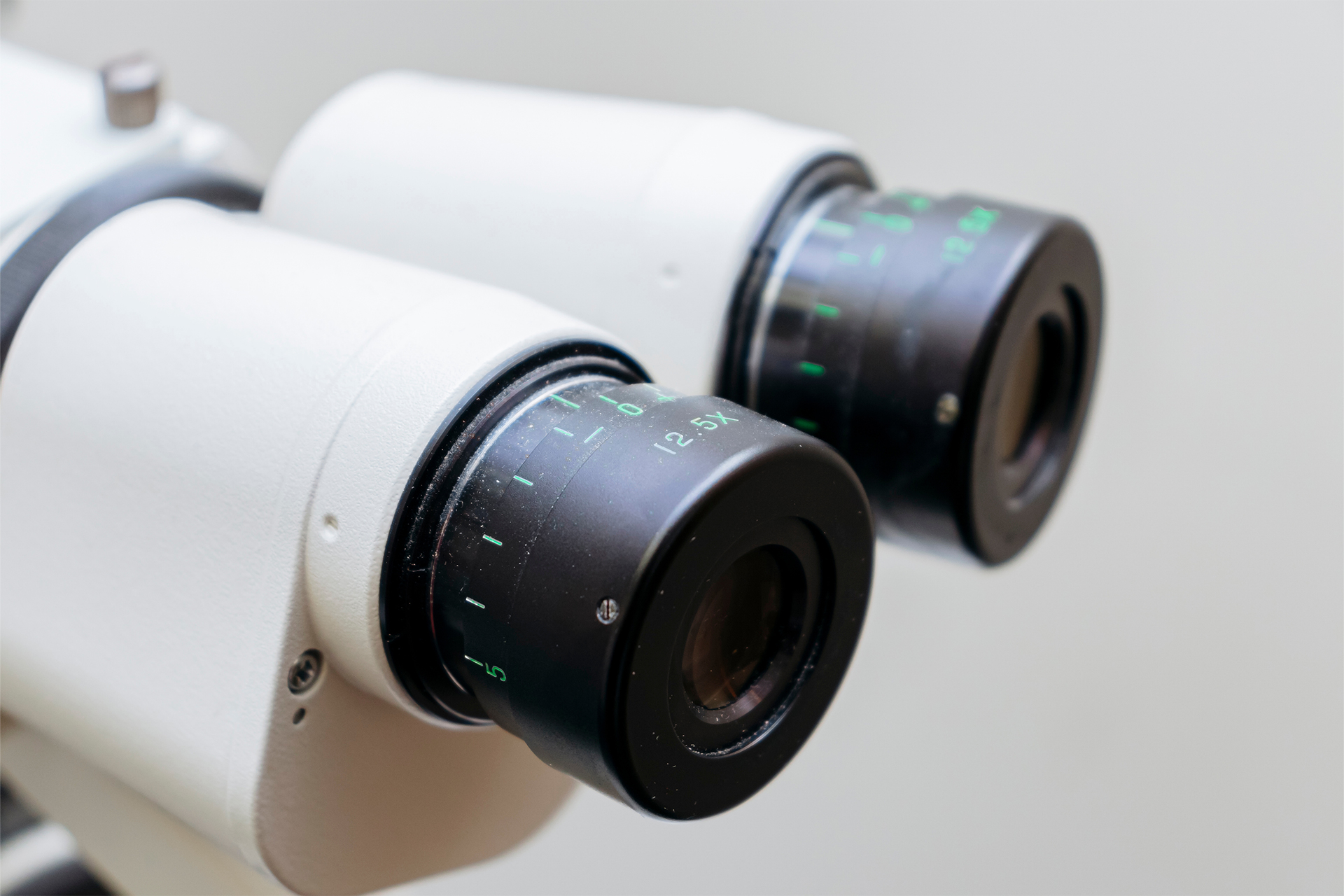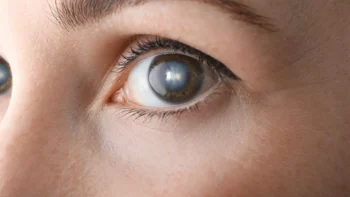There is nothing enjoyable about waking up bleary-eyed, unable to see, and fumbling around until you either locate your glasses or put in your contact lenses. If you’re tired of this routine and are considering LASIK as a solution to correct your refractive errors and provide you with clear vision without the need for visual aids, then you may be wondering what the pros and cons of LASIK are and what to make of the LASIK myths you’ve read about. To help you make an informed decision on your future vision, here are 9 LASIK pros and cons, and 7 LASIK myths, dispelled.
A Brief Look At What LASIK Treatment Is
What Are The Pros and Cons of LASIK?
The Pros of Getting LASIK For Your Vision
1. It Is Quick and Safe. LASIK is performed as an outpatient procedure, and is both quick and safe, lasting approximately 20 minutes. The majority of the time is dedicated to prep work, with the procedure itself taking just a few minutes per eye. The laser is safe, as it has an auto shut-off function when a patient’s eye moves suddenly, reducing the risk of complications or injury.
2. It Gets Rapid Results. A significant advantage is the speed at which patients notice improvements in their vision. Most patients have clearer vision within a few hours, and by the next day (24 hours), their vision has significantly improved. Most patients can resume normal activities within 48 hours, making LASIK fantastic for those who want a procedure with a quick recovery.
3. You Get Freedom From Corrective Eyewear. The prospect of living life without corrective eyewear is life-changing, as it allows patients the freedom to participate in activities that they wouldn’t be able to do otherwise. You’ll have the independence to play sports, swim freely, or simply wake up without the hassle of finding your eyes in the morning. Lifestyle choices like reading, driving, or watching movies become easier and more enjoyable.
4. Huge Leap in Visual Acuity. The goal of LASIK is to help patients achieve 20/20 vision or to get as close to it as possible. While not everyone achieves this, LASIK still significantly improves visual acuity across all patients, even in those with higher prescriptions.
5. Long-Term Cost Savings. The upfront, one-time cost of LASIK can be a bit daunting, but it eliminates all ongoing expenses associated with the purchasing of prescription eyeglasses or contact lenses. It also removes the need for purchasing accessories (cases, clothes, cleaning solutions), and annual eye exams related to prescription renewal. This makes LASIK more economical in the long run for many patients.
The Cons Associated With LASIK
1. Not Suitable For Everyone. While LASIK is an excellent option for many, it’s not a great option for those 40+ who have presbyopia, which is a condition where the lens of the eye becomes stiff, affecting close-up vision. LASIK does not change the lens, so it cannot repair presbyopia. Those with high prescriptions or thin corneas, may have an increased risk of complications or find that LASIK is not as effective for them.
2. Rare Cases of Dry Eyes & Nighttime Glare. Very rarely, patients may experience dry eyes for up to 3 months post-surgery, and nighttime glare or halos around lights. Dry eyes can be managed with artificial tears, and the glare/halos should diminish over time with healing. Larger treatment zones, and advanced laser technology, have drastically reduced the development of these side effects.
3. Follow-up Procedures Are Sometimes Needed. Those with higher prescriptions prior to LASIK may experience a minor decrease in vision quality over time, called myopic regression. This requires a follow-up procedure to correct.
4. Risk of Flap Injury. During LASIK, a small flap is created on the surface of the cornea to access the underlying tissue for reshaping. This flap adheres naturally during the healing process, but sustaining an injury to the flap or rubbing your eyes vigorously could dislodge it. If this happens, it requires immediate attention from an eye surgeon.
7 LASIK Myths You Shouldn’t Listen To
Now that you know the LASIK pros and cons, here are a few LASIK myths that tie into these that need to be dispelled.
1. LASIK Is Painful. This simply isn’t true, as numbing eye drops are administered prior to treatment to ensure that you do not experience any pain. You may have minor discomfort or irritation in the first few days of recovery, but this can be managed with artificial tears and over-the-counter pain relievers.
2. LASIK Isn’t Permanent. LASIK is a long-lasting vision correction option, with the vast majority of patients experiencing stable vision for years post-procedure. In some cases, follow-up treatment is necessary, but this isn’t the norm.
3. You Can Go Blind. Again, this isn’t true as LASIK is a highly safe and effective procedure that has been approved by the U.S. Food and Drug Administration (FDA) since 1999. A screening process minimizes the risk of complications and ensures that only those who are likely to benefit from LASIK are approved.
4. LASIK Has Many Side Effects. This LASIK myth revolves around the idea that LASIK has numerous side effects that significantly impact your vision post-treatment. While it’s true that you may experience more than one side effect, they are mild and resolve within a few weeks – a far cry from having a significant impact on vision.
5. LASIK Is Only For The Young. There is no upper age limit for undergoing LASIK. As long as your eyes are healthy and you meet the criteria, LASIK can be a viable option for individuals of all ages.
6. LASIK Has a Long Recovery Time. Contrary to popular belief, this LASIK myth is just that, a myth. Yes, you will need to use post-operative eye drops for a few weeks, and avoid wearing makeup for a few days, but the bulk of the recovery is done within the first 48 hours.
7. Any Eye Doctor Can Perform LASIK. This LASIK myth isn’t true as LASIK is a highly specialized procedure that requires the skill and expertise of a trained eye surgeon.
We hope that by laying out the pros and cons of LASIK and busting common LASIK myths, you can now walk away feeling more confident about your decision to undergo LASIK. If you’re tired of the inconvenience and restrictions that come with corrective eyewear and are interested in learning if you’re a good candidate for LASIK, contact Brimhall Eye today, and take your first step towards a clearer tomorrow.





